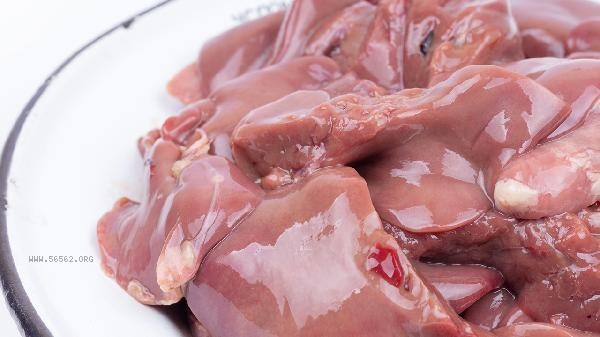Standing for ten hours a day may cause tension or compensatory thickening of leg muscles, which can be relieved through stretching and relaxation, adjusting standing posture, interval activities, massage and hot compress, strength balance training, and other methods.

1. Stretching and Relaxing
Static stretching is performed on the gastrocnemius and soleus muscles, such as arching against a wall or tiptoeing on a step, and is repeated multiple times for 20 seconds each time. The quadriceps can be pulled back with one leg while standing against a wall, while the hip flexors can be stretched forward by kneeling and lungeing forward. Stretching can improve muscle elasticity and reduce muscle fiber shortening caused by long-term standing.
2. Adjust the standing posture
to avoid locking the knee joint due to over extension, and transfer the weight of the slightly bent knee to the arch of the foot. Feet shoulder width apart, alternate shifting center of gravity to left and right legs every half hour. Using anti fatigue floor mats can cushion pressure, and wearing supportive insoles helps evenly distribute foot pressure. Proper standing posture can reduce the excessive load on specific muscle groups.
3. intermittent activities
Perform ankle pump exercises or heel lifting exercises for 3 minutes per hour to promote blood circulation. When conditions permit, one can alternate between sitting with legs lifted or squatting against the wall. Short term activities can break the pattern of sustained static load and prevent muscles from becoming stiff and enlarged due to prolonged isometric contractions.

4. Massage and hot compress
Roll the foam shaft to relax the muscles at the back of the lower leg, and slowly roll from the Achilles tendon to the popliteal fossa. Apply fascial pressure to the sole of the foot to relieve tension transmission. Soak the foot in 40 ℃ warm water before bedtime and massage from bottom to top. Coarse salt hot compress packs can be used to apply hot compress to areas of muscle tension.
5. Strength balance training
Strengthen the training of the gluteus medius and core muscle groups, such as lateral leg lifting and plank support, to improve lower limb line of force and reduce leg compensation. Choose non weight bearing exercises such as swimming or cycling to replace some standing time. Walking in water is particularly suitable for reducing joint pressure and exercising muscle coordination.

Long term standing individuals should pay attention to supplementing sufficient water daily to prevent poor venous return, and adding magnesium rich nuts and dark green vegetables to their diet to help relax muscles. During sleep, pillows can be used to elevate the calves to promote blood flow back, and professional lower limb venous function assessments should be conducted regularly. If accompanied by obvious edema or pain, pathological factors such as varicose veins should be investigated, and medical elastic socks should be worn if necessary. Establishing a habit of micro exercise during work breaks is more important than concentrated exercise, and mobile reminders can be set to encourage activity every 50 minutes.








Comments (0)
Leave a Comment
No comments yet
Be the first to share your thoughts!